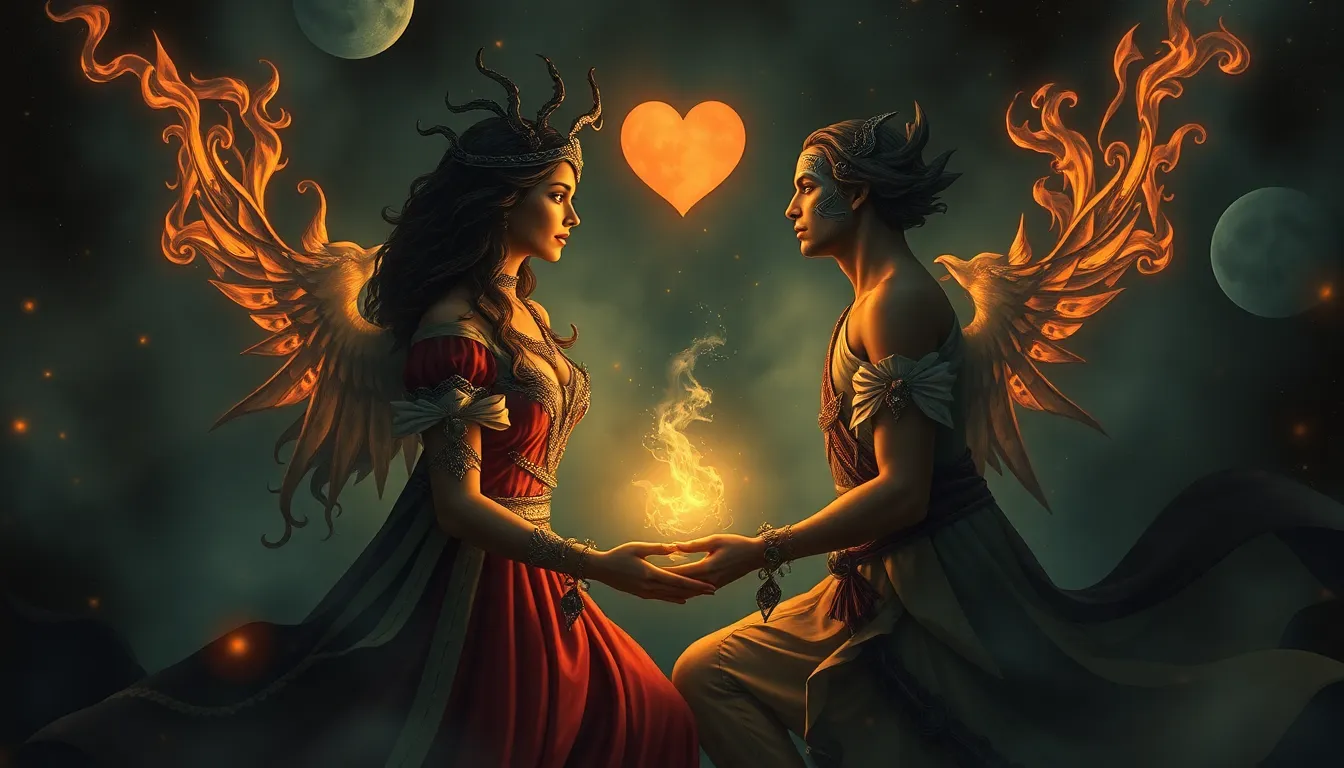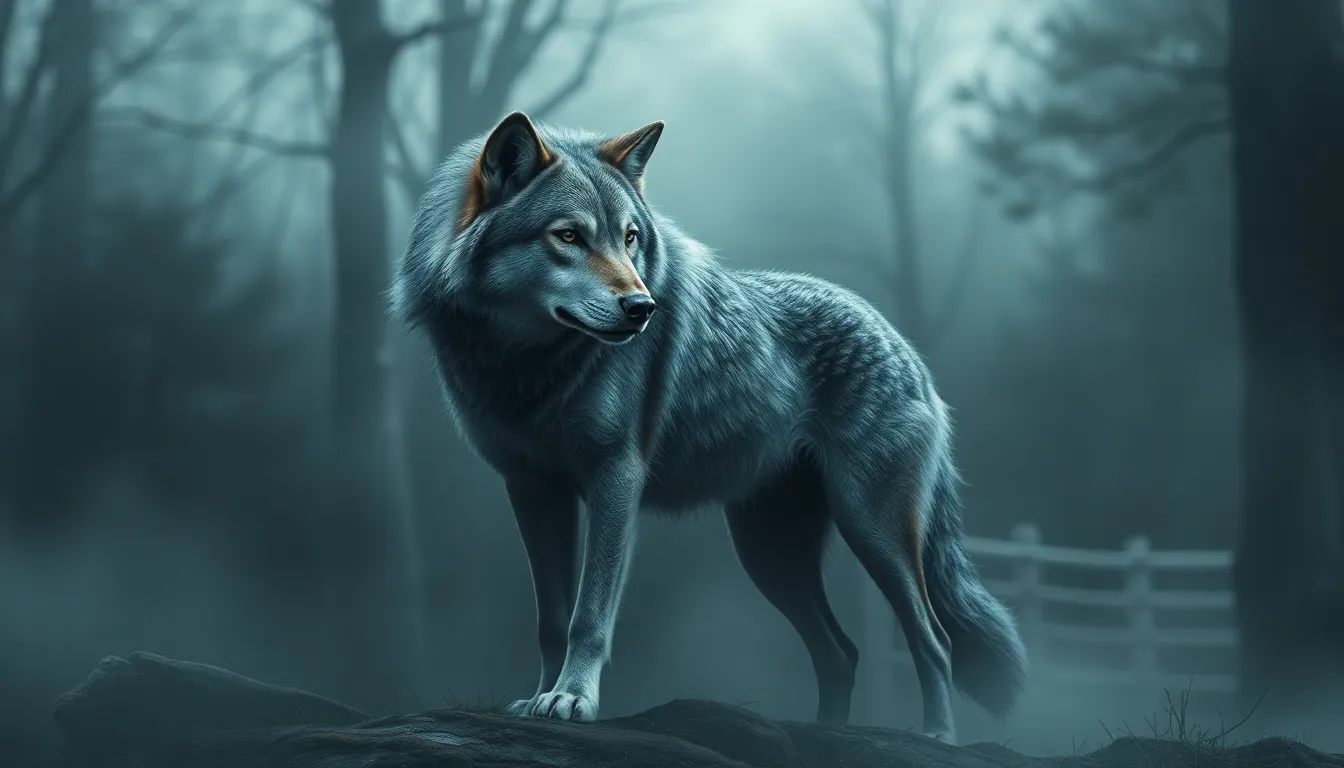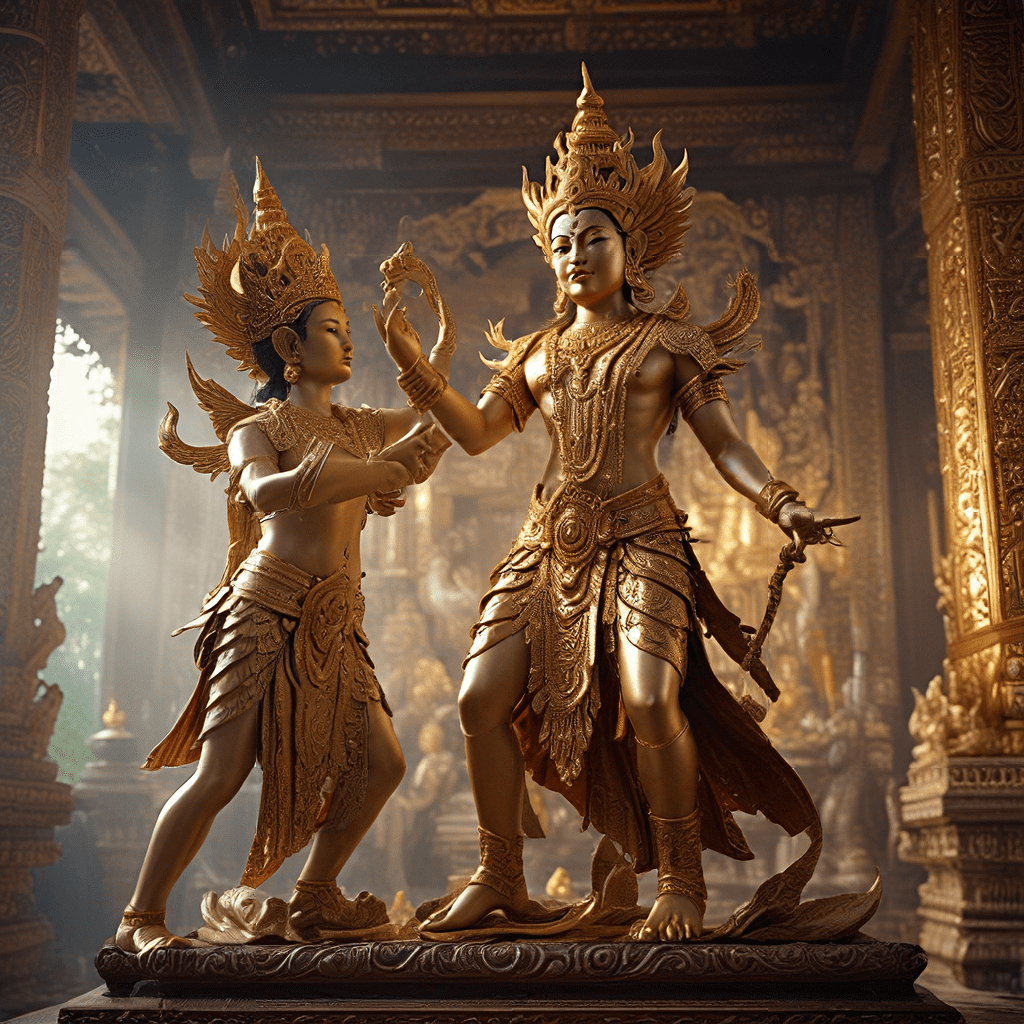The Peryton’s Story: A Global Exploration of Mythological Beasts
I. Introduction to the Peryton
The Peryton is a fascinating creature that straddles the line between the known and the fantastical. Defined as a mythical beast resembling a deer with the wings of a bird, the Peryton captivates the imagination with its unique characteristics. Its body is typically described as that of a stag, adorned with large, feathered wings, allowing it to soar through the skies.
Originating in medieval literature, the Peryton’s story is steeped in myth and folklore. It first appeared in the works of various writers who sought to blend the familiar with the extraordinary. The Peryton serves as a compelling subject for exploration within the realm of global mythology, inviting us to consider how such creatures reflect cultural values and human creativity.
II. Historical Context of the Peryton
The Peryton’s origins can be traced back to medieval European literature, where it emerged as a symbol of the mysterious and the otherworldly. Early references to the Peryton can be found in texts that sought to categorize and describe the various fantastical beasts believed to inhabit the world.
In cultural narratives, the Peryton often represents the interplay between nature and magic. It embodies the traits of both the animal kingdom and the realm of the supernatural, making it a versatile figure in storytelling. Over time, the image of the Peryton has evolved, transitioning from a fearsome creature to a more nuanced symbol reflecting human emotions and experiences.
III. The Peryton in Different Cultures
While the Peryton has its roots in European folklore, similar mythological creatures can be found in various cultures around the world. For instance:
- The Griffin, a beast with the body of a lion and the head and wings of an eagle, shares the duality of the Peryton.
- The Qilin from Chinese mythology, often depicted with deer-like features and scales, also embodies the blending of different animal traits.
- The Thunderbird, a powerful bird from Native American lore, represents the forces of nature and has a majestic, awe-inspiring presence.
These comparisons highlight how different cultures have conceptualized beings that combine elements from various animals, reflecting a universal fascination with the fantastical. Additionally, the Peryton has significantly influenced modern fantasy literature, appearing in contemporary works that draw upon its rich mythological background.
IV. Symbolism and Significance of the Peryton
The Peryton stands as a profound symbol of duality, merging the traits of both a bird and a deer. This duality can be interpreted in several ways:
- Freedom vs. Earthiness: The wings of the Peryton symbolize freedom and transcendence, while its deer-like body represents groundedness and connection to nature.
- Life and Death: In some tales, Perytons are said to cast shadows of their former selves, suggesting themes of mortality and the cyclical nature of life.
- The Unknown: The Peryton embodies the allure of the unknown, inviting us to explore our fears and curiosities about the world beyond our understanding.
Through these interpretations, the Peryton becomes a vessel for exploring deeper human emotions and the complexities of existence.
V. The Peryton in Modern Media
In contemporary literature and games, the Peryton has made various appearances, often portrayed with a mix of reverence and fear. Its character has evolved, reflecting modern sensibilities and storytelling techniques. Some notable occurrences include:
- In fantasy novels, the Peryton is often depicted as a guardian of nature or a harbinger of doom, depending on the narrative’s tone.
- Role-playing games, such as Dungeons & Dragons, feature the Peryton as a creature that adventurers might encounter, complete with unique abilities and lore.
- Video games also incorporate Perytons, showcasing their majestic presence as both allies and adversaries in fantastical quests.
These portrayals differ from traditional depictions by emphasizing their complexity and interaction with human characters, reflecting a growing interest in nuanced storytelling.
VI. Comparative Analysis: The Peryton and Other Mythological Beasts
When examining the Peryton alongside other mythological creatures, we discover fascinating similarities and differences. For example:
- The Chimaera: A creature composed of multiple animals, the Chimaera shares the Peryton’s hybrid nature but is often depicted as more monstrous.
- The Phoenix: Like the Peryton, the Phoenix symbolizes rebirth and transformation, though it primarily represents fire and immortality.
- The Manticore: This beast combines features of a lion, a human, and a scorpion, illustrating humanity’s tendency to create hybrids to embody various fears and aspirations.
Comparative mythology reveals how the Peryton serves as a reflection of human imagination, offering insights into cultural values and the nature of myth-making.
VII. The Peryton’s Legacy in Popular Culture
The Peryton’s influence extends beyond literature and gaming, permeating various facets of pop culture. Its legacy can be seen in:
- Art: Many artists draw inspiration from the Peryton, creating sculptures and paintings that capture its ethereal beauty.
- Film and Television: The creature has appeared in various media, often symbolizing mystery and adventure.
- Merchandise: The Peryton has found its way into collectibles and fantasy-themed products, appealing to enthusiasts of mythological creatures.
Through these avenues, the Peryton continues to inspire creators and captivate audiences, solidifying its place in modern mythology.
VIII. Conclusion: The Enduring Allure of the Peryton
Reflecting on the Peryton’s journey through mythology and culture reveals its enduring allure. As a hybrid creature, it encapsulates the complexities of existence and the human experience, serving as a bridge between the natural world and the fantastical.
The study of mythological beasts, such as the Peryton, is essential for understanding human creativity and our desire to explore the unknown. As we continue to engage with these stories, we find that the fascination with the Peryton and similar creatures is timeless, inviting exploration and wonder across generations.



